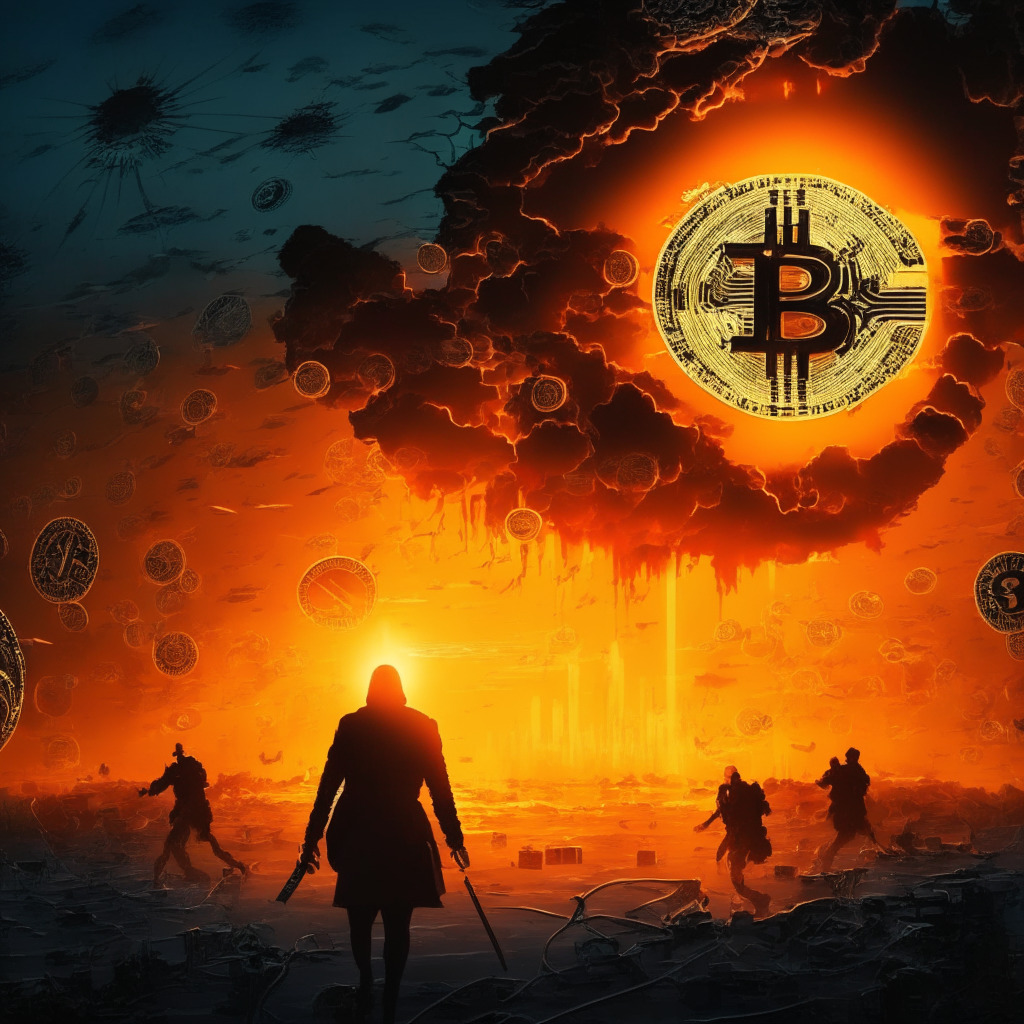When a well-known crypto personality, NFT God, fell prey to a digital theft involving a Russian hacker group nine months ago, his loss amounted to an eye-watering sum of $150,000 worth of digital assets. However, in a surprising turn of events, he recently announced that a portion of the stolen funds has been recovered and returned by Binance‘s security team. He credits the team for their relentless pursuit over months, clawing back the stolen wealth by keeping track of the hackers and seizing the funds as and when they were on the move.
However, the road to recovery wasn’t smooth. The initial intrusion occurred when NFT God, under real name Alex, accidentally clicked on a sponsored Google Ads link that unleashed malignant software and gave the bad actors a backdoor to seize his systems and digital wealth. The theft soon left a trail on his social media platforms and led to various phishing tweets from his compromised accounts.
While this event brings to light Binance’s commitment to security, it also underscores potential vulnerabilities that users of digital currencies and NFTs are exposed to. Some indicate this incident as a cautionary tale, a stark reminder of the lurking dangers in the otherwise booming digital marketplace. The theft experience of NFT God is not unique as it’s painting a sharper picture to those who might view the world of NFTs through rose-tinted glasses.
On a different note, the market downturn of NFT has been felt acutely by artists, attributing to dwindling trading volumes and declining floor prices. Recent scrutiny and unease have been born out of modifications made by major NFT exchanges, including OpenSea, to minimize royalty rates paid out to artists when a token’s ownership transitions.
The rationale behind this move is purported to lower costs and thus spur more trading activity, especially in the face of current market conditions where trading volumes have reportedly plunged by 95% since January 2022. Nonetheless, the reduced royalty rate has stirred discontent among creators of digital collectibles, putting stress on the intricate relationship among traders, artists, and platforms in the NFT ecosystem.
In conclusion, while platforms like Binance are working tirelessly to ensure digital security, it’s undeniable that crypto market participants are continually subjected to risks, whether it is falling victim to hackers or navigating shifts in market dynamics. Each stakeholder in the ecosystem must enhance cybersecurity vigilance while engaging with crypto and NFT trading platforms, even as these platforms themselves evolve under market pressures.
Source: Cryptonews




